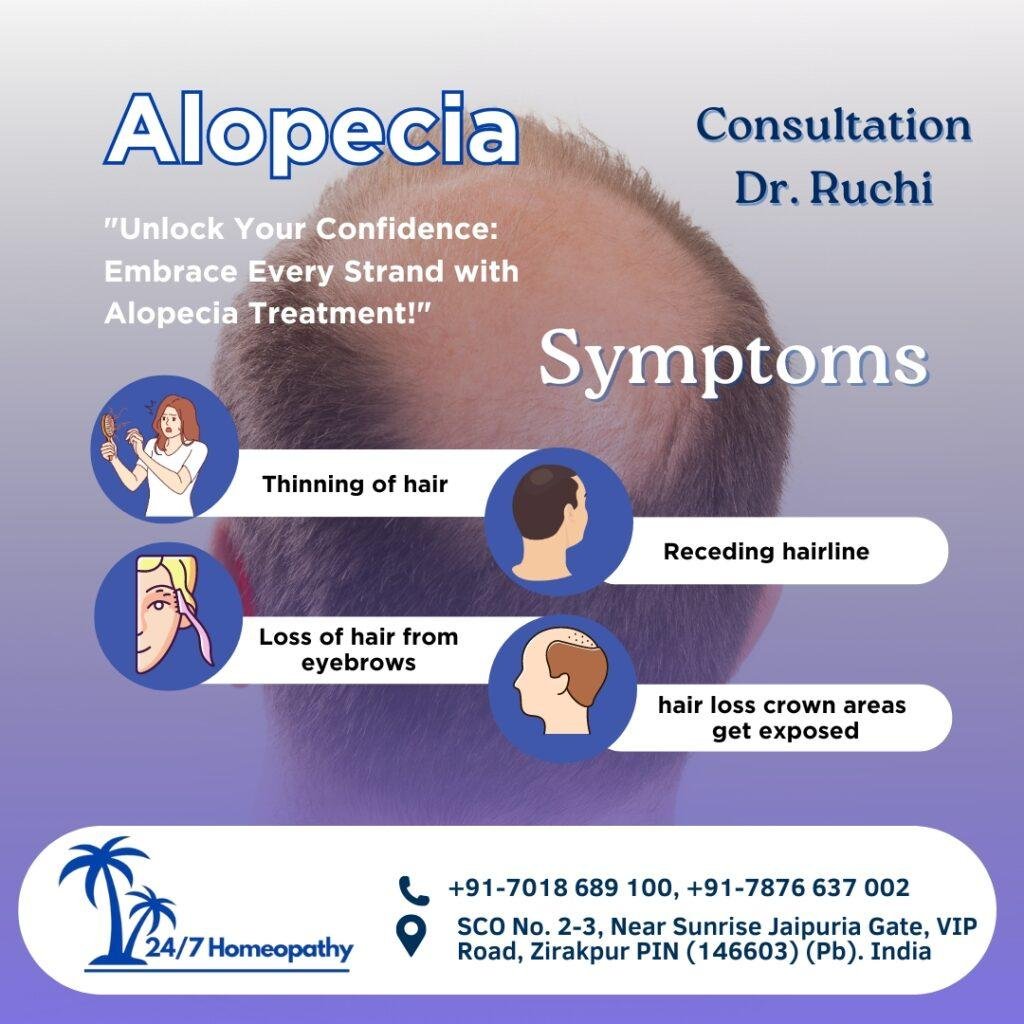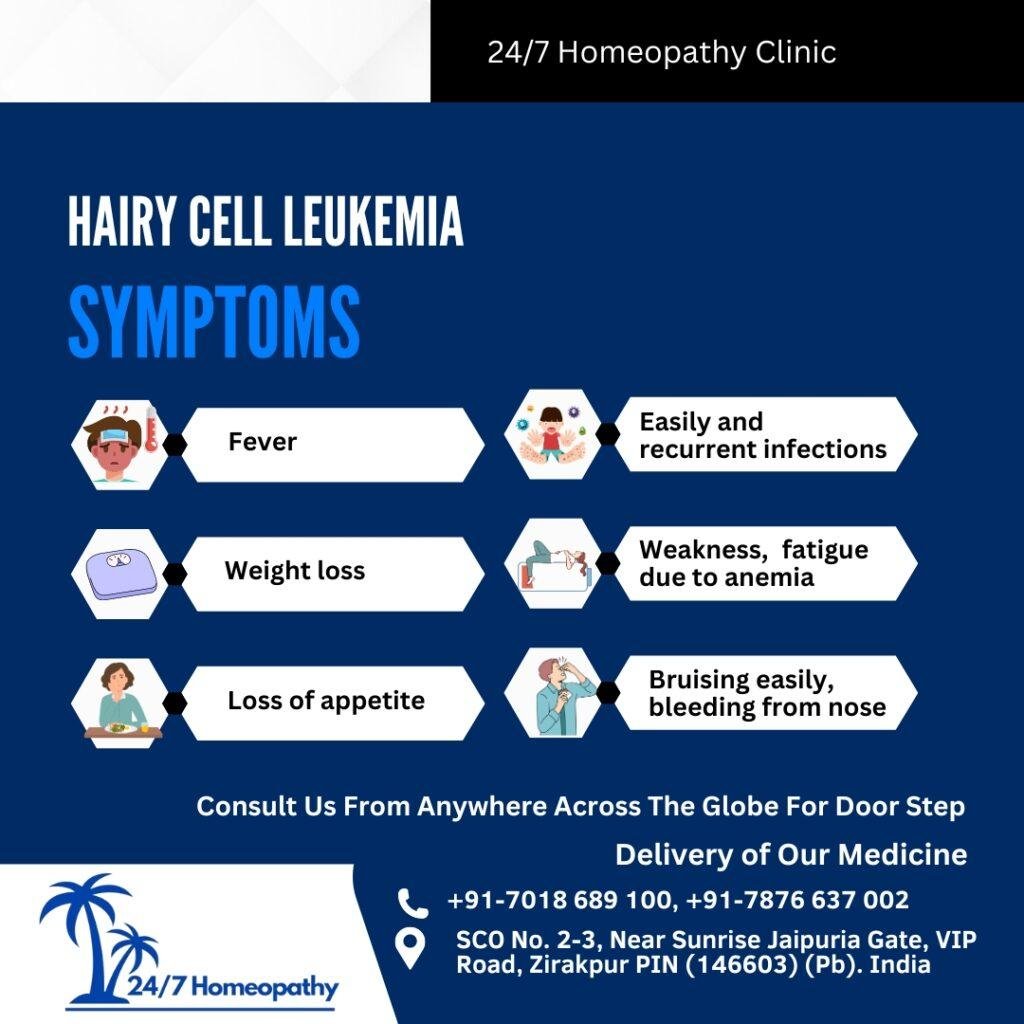
Alopecia
Introduction: hair is made up of two parts: hair follicles and hair shaft. Visible hair is the hair shaft whereas hair follicles are made up of hair bulb and papilla. It provides blood supply to the hair and enhances growth. Keratin is a protein that plays an important role in cellular activity such as cell growth and protein synthesis.
There are three stages of hair growth.
1. Anagen : it is a growing stage in which the roots of hair are dividing rapidly. Anagen phase is the longest phase which lasts for 3-5 years.
2. Catagen: it occurs after the end of anagen phase . It is the transition phase in which hair converts into club hair. It lasts for 2 to 3 weeks.
3. Telogen: the resting phase of the hair follicle lasts for 3 months.
Each phase has its own timeline in which they cover growth, maturation and exfoliation of one single strand of hair that can be influenced by age, diseases and other factors. Hair loss can occur from the scalp or anywhere in the body. Alopecia is a medical term of hair loss.
Causes:
1. Genetic factors : male or female pattern hair loss is the most common. People with family history of alopecia are more prone to get alopecia in late 20s in males or after menopause in females.
2. Thyroid problems like hypothyroidism , hyperthyroidism or grave’s disease can cause hair loss.
3. Overactive immune system can cause alopecia where the body’s defense system damages the hair follicle and causes hair loss.
4. Fungal infection of the scalp can cause baldness.
5. Nutritional deficiency . Lack of protein or iron in diet can cause hair fall.
6. Over friction and traction of hair can cause hair fall.
7. Hormonal imbalance : problems like PCOS or thyroid may cause hormonal imbalance that causes hair fall.
8. Psoriasis on the scalp causes hair fall.
Types of alopecia :
1. Alopecia areata: it is an autoimmune disease that starts suddenly and causes patchy hair loss in children and adults. This condition may result in complete baldness.
2. Involutional alopecia : it is a natural condition in which the hair gradually thins with age.
3. Androgenic alopecia : it is a genetic condition that can affect both female and male. It is known as male pattern hair loss or female pattern hair loss. Where hair loss occurs mainly from the crown areas.
4. Alopecia universalis: in alopecia universalis all body hair fall out including eyebrows, eyelashes, pubic hair.
5. Scarring alopecia: inflammatory skin condition and other skin disorder often results in scars that destroy the ability of the hair to regrow .
6. Telogen effluvium: in this anagen phase of hair cycle converts into telogen phase. It occurs in females after giving birth. In this phase oestrogen or progesterone level decreased and prolactin increased and caused hair loss.

Symptoms:
Thinning of hair.
Receding hairline.
In male or female patterns, hair loss crown areas get exposed .
Loss of hair from eyebrows, pubic region , beard area occurs in the alopecia universalis.
Sudden round patches on the scalp.
Management:
1. Avoid taking stress , do meditation for relieving anxiety .
2. Protein or calcium and vitamin c rich diets should be taken.
3. Biotin supplement should be taken for 3 consecutive months.
4. Take proper treatment for PCOS and for thyroid problems.
5. Telogen effluvium : this is a physiological change that occurs in the postpartum period. Diet regimen must be proper and healthy and hair starts growing back after 6-8 months.

Diagnosis:
Trichoscopy : it is an imaging test to see common hair or scalp disorders.
Physical examination : during inspection of the scalp observe the pattern , site of hairloss that helps in
diagnosis of an alopecia. Gently pull 40-60 hair in groups and falling out of 10 percent of hair indicates telogen effluvium, or alopecia areata.
Antinuclear antibody test to cause autoimmune disease.
Free and testosterone level to rule out androgenic alopecia.
Homeopathy medicine :
Fluoric acid : it is well marked in alopecia areata where losses in patches and from vertex also. Pressure on the side of the head from inside to outward. It helps in regrowth of hair that occurs after febrile conditions.
Natrum muriaticum : it is well indicated where hair fall occurs after giving birth. It happens due to falling of osteogeny or progesterone and elevated levels of prolactin that cause telogen effluvium.
Lycopodium : lycopodium can be given in hair loss after menopause, after delivery or due to hormonal imbalance caused by cystic ovaries. Premature
graying of hair also occurs in this. Lycopodium helps in regrowth of hair.
Thuja : thuja works well where hair fall occurs due to excessive dryness of scalp. Hair is also dry and brittle. It helps in where hair loss occurs in patches.